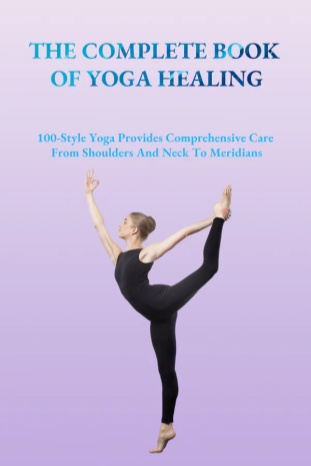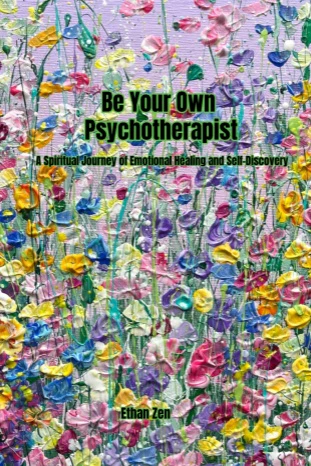Four Meditation Techniques and Their Profound Benefits
On the journey to exploring inner peace and wisdom, meditation is undoubtedly a widely practiced and effective path. This article introduces four unique meditation techniques and reveals their four significant benefits, helping you better embark on this journey of inner growth.
Breath Regulation: The Art of Following and Counting the Breath
Following the Breath:
This technique involves calming the mind by focusing on the natural flow of the breath. Whether following the breath at the nose or the abdomen, the key is to maintain awareness of the breath without any interference or control. When focusing on the nose, gently feel the breath flowing through the nostrils; when focusing on the abdomen, observe the natural rise and fall of the belly with each breath. Though each method emphasizes different aspects, both lead the mind away from distractions toward a state of tranquility.
Counting the Breath:
This method involves counting breaths as a way to anchor attention. Whether counting the exhalation or inhalation, the key is to keep the count continuous and accurate. If you notice your mind wandering, gently bring your focus back to the count. With consistent practice, you will notice that distracting thoughts gradually decrease, leaving the mind clearer and calmer.
Benefit:
Breath regulation helps reduce stress, enhance concentration, and promote harmony between the body and mind.

Reciting Buddhist Mantras: Comfort and Purification for the Mind
For those who find breath-counting uncomfortable, reciting Buddhist mantras is a gentler meditation method. By repeatedly chanting sacred names such as “Namo Amitabha Buddha” or “Namo Guanyin Bodhisattva,” you can entrust your mind to the compassion and wisdom of the Buddhas and Bodhisattvas, thereby achieving inner peace and calm.
Benefit:
Reciting mantras purifies the mind, eliminates karmic obstacles, and strengthens faith and confidence, providing a solid foundation for the path of spiritual practice.
Zen Practice for Enlightenment: The Mysteries of Hua Tou and Koans
Zen meditation is an advanced practice within the Zen tradition, requiring practitioners to continuously inquire into a hua tou (a seemingly nonsensical phrase imbued with profound meaning) or explore a koan (a classic case left by Zen masters) to open the door of wisdom. Through persistent examination of these topics and cases, practitioners can gradually break free from the constraints of ordinary thinking, gaining insight into the nature of life and the mysteries of the universe.
Benefit:
Zen practice greatly enhances wisdom and insight, helping practitioners transcend confusion and afflictions, and attain spiritual awakening and liberation.

Silent Observation: The Wonders of “Just Sitting” and Silent Illumination
“Just sitting” is a simple yet direct meditation method that requires practitioners to focus wholeheartedly on their posture and sensations without engaging in any other thoughts or judgments. During this process, the mind gradually becomes calmer and clearer. Upon reaching a certain level, the practitioner enters a state of silent illumination, where the mind remains unmoved while perceiving all things.
Benefit:
Silent observation cultivates concentration and mindfulness, enabling practitioners to maintain a peaceful and alert state of mind in daily life, better equipped to face various challenges and changes.
In conclusion, each of the four meditation techniques offers unique advantages, bringing profound benefits to practitioners. Whether through breath regulation to calm the mind, mantra recitation to purify the spirit, Zen practice to unlock wisdom, or silent observation to cultivate concentration and mindfulness—each method serves as a valuable path toward inner peace and wisdom. May every practitioner continue to progress and grow on this journey!







